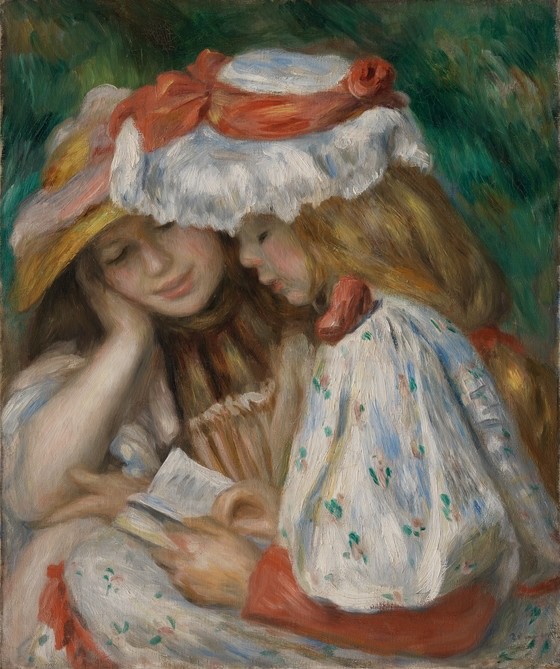There is an incredible yearning for specific information on the implementation of the common core standards. Everyone it seems is hurrying out common core materials, some of which are helpful, and some of which would best be kept in the drawer reserved for help that we can’t use.
An example of the first is some guidance recently released by the International Reading Association’s CommonCore State Standards Committee (of which I am a member). Nothing startling in this one, just accurate information clearly stated. I suspect this will be helpful to many educators.
A not-so-positive addition is the Aspen Institute’s recently issued “Primer on Close Reading.”
This one I cannot recommend. The problem is that Aspen’s basic conception of close reading is flawed and its practical recommendations seem aimed at preserving the status quo in weak classrooms.
Perhaps the biggest flaw is that the Aspen booklet claims that close reading is a teaching strategy, rather than a reading practice or an approach to reading that anyone can engage in anytime. Here for instance is their definition of close reading. “Close Reading of text involves an investigation of a short piece of text, with multiple readings done over multiple instructional lessons.”
I can only imagine the difficulty that proponents of close reading may have in extricating themselves from the ceiling after reading that definition.
In fact, close reading is a much older concept than that. Recently, I was reading the New York Times Book Review and the term close reading was used 3 times by 3 separate reviewers in a single issue—and not one of them was talking about the teaching of reading.
Close reading is an old, widely known and specific concept that indicates where meaning resides (in the text) and what readers must do to gain access to this meaning (read the text closely, weighing the author’s words and ideas, and relying heavily on the evidence in the text). It is not a teaching technique per se, though its proponents do believe students should be engaged in this practice by their teachers.
Why does the definition matter so much? Because as a result of this misconception the authors go on to promote the idea that teachers should be teaching close reading as a reading strategy. In the instructional context, the idea of close reading has been to shift the attention during the reading lesson off of strategies and skills and onto the texts and ideas. The notion is that if students are engaged in close reading throughout their education, they will develop a rich body of knowledge about the world and these reading practices will become habits of mind.
There are more specific problems in the educational advice proffered here. For example, it is true that David Coleman and company have recommended the use of short reads as a way of managing close reading lessons in a classroom, since close reading can take a lot of time. But the Aspen Institute’s errant claim aside, close reading is not a practice reserved for short texts. “Oh gee, I can use close reading when I read the Gettysburg Address, but not if I’m taking on The Grapes of Wrath.” Really?
The Aspen booklet claims that close reading lessons require a focus on oral reading. I guess, according to Aspen, that you just can’t have a good close read without a dose of round-robin. There are times when it makes great sense for a teacher or student to read something aloud, to share evidence in support of an argument, for example, or even to make sense of the language of a text (this can be particularly helpful with poetry, I find). But oral reading per se has nothing to do with close reading—one can read aloud or not.
Oral reading in a group can be problematic, however, since it is usually distributed; students don’t actually read the Emancipation Proclamation or the Hemingway short story, they listen to it.
Not only does that seem like a likely and unfortunate consequence of this advice, but there is a related weird claim in the Apsen booklet that says, “Students unable to read the text independently might engage in a partner read or a group read in lieu of an independent attempt.” [Italics added.]
The advice in this booklet seems aimed at protecting and promoting that tried-and-true research-based practice of avoiding reading in order to develop it.
I do get the beauty and attraction of reading to students, and have absolutely no problem if students engage in both close reading and close listening (and close viewing, too). In fact, that’s too weak a summary of my thoughts: I even think we should engage students in such listening experiences, but not in place of reading, as proposed here.
One of the big shifts of common core is to have students read more challenging text, and having this done by proxy is not going to get us where we are trying to go.







Comments
See what others have to say about this topic.